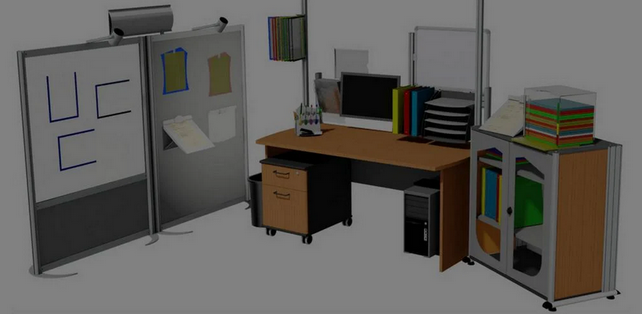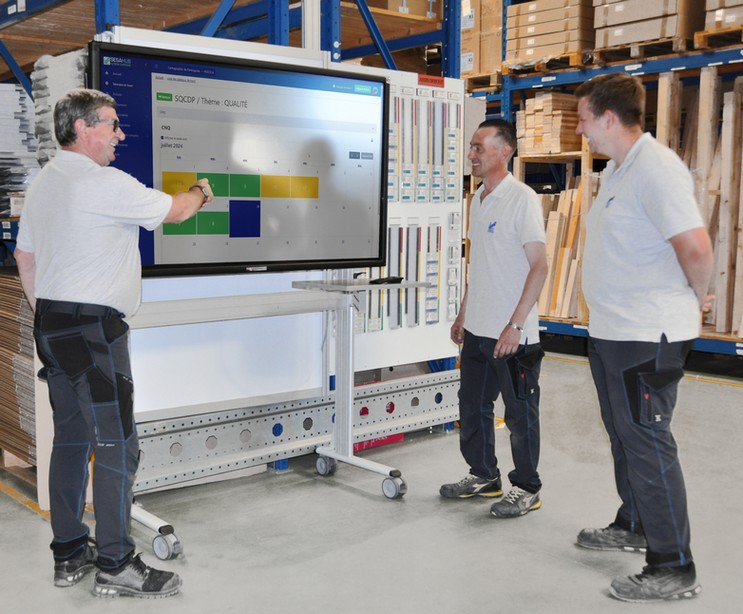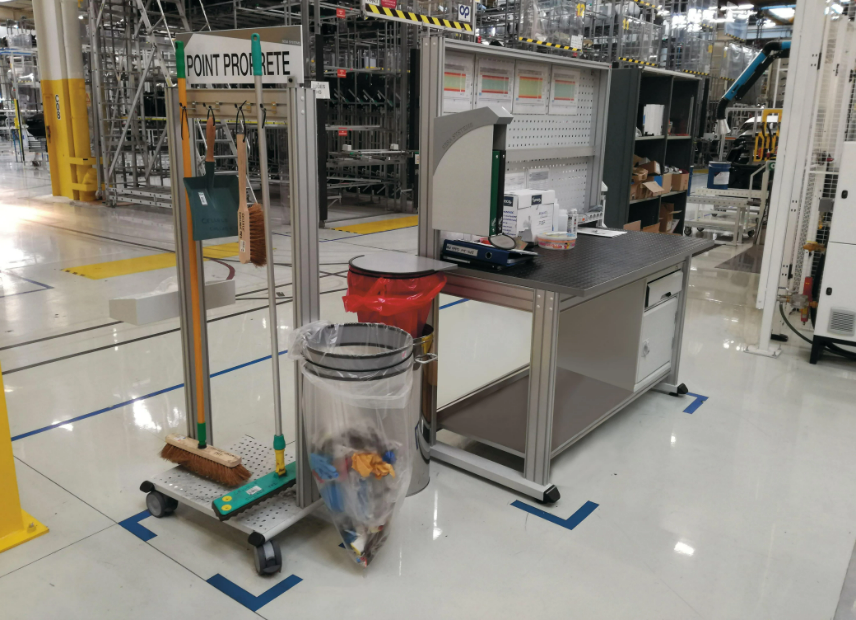How to Improve Office Ergonomics?
Employee well-being is a key factor for a company's success and productivity. This aspect is even highlighted as a competitive advantage to attract new talent to a business. One of the most important aspects of workplace well-being is office ergonomics. Good ergonomics can reduce the risk of musculoskeletal disorders, improve concentration, and enhance work quality. Therefore, it's crucial for a company to understand the importance of office ergonomics to develop it effectively. That’s why SESA SYSTEMS’ office furniture range offers solutions to address these concerns.
Understanding Office Ergonomics
Office ergonomics refers to the science of adapting the work environment to the employee's needs. This means that the workstation, equipment, furniture, and workspace layout should be designed to reduce fatigue, minimize muscle stress, and improve employee comfort. Good office ergonomics not only contribute to workers' health but also boost the company’s efficiency and productivity.
The ergonomic and height-adjustable desks offered by SESA SYSTEMS provide multiple benefits for office employees. They allow staff to adjust their workstation height based on their needs, promoting a healthy and comfortable posture. By alternating between sitting and standing positions, especially with the help of sit-stand chairs, these desks reduce fatigue, improve blood circulation, and help prevent back pain and other health issues related to sedentary work. With these setups, workers can maintain productivity, reduce muscle stress, and enjoy a better quality of life at work.
The Benefits of Office Ergonomics
Office ergonomics offer numerous benefits for both employees and employers. Here are a few examples:
Reduction of Musculoskeletal Disorders (MSDs)
MSDs, such as back pain, tendonitis, and posture-related issues, are common among office workers who must hold the same position for several hours. Poor ergonomics is one of the leading causes of these health problems. By improving workplace ergonomics, these risks can be reduced, resulting in better long-term employee health.
Increased Productivity
Better ergonomics mean employees are more comfortable and less prone to fatigue. Providing a quiet, well-organized workspace, according to the 5S method, and creating a work-friendly environment results in greater focus, improved work quality, and higher productivity.
Reduced Absenteeism
Improving office ergonomics can help lower employee absenteeism due to work-related health issues. This saves both time and money for the company.

Tips for Developing Office Ergonomics
To reap the benefits of office ergonomics, here are some tips to effectively develop it:
Workstation Layout
Start by organizing the workstation so that it's both comfortable and functional. Ensure that the height of the desk, chair, computer screen, and keyboard is correct, and use height-adjustable electric desks and ergonomic adjustable chairs to accommodate all employee body types. Employees should be able to use this equipment without having to lean, stretch, or adopt poor posture.
Choosing Ergonomic Furniture
Invest in ergonomic office furniture such as height-adjustable chairs, sit-stand desks, and monitor stands. These items are designed to encourage a healthy, comfortable, and adaptive posture based on individual needs.
Encouraging Active Breaks
Encourage employees to take regular breaks to relax and move around. Simple stretches can reduce muscle fatigue and improve blood circulation.
Ergonomics Training
Provide office ergonomics training to your employees. They should be aware of best practices and the risks associated with poor ergonomics. This will help them adjust their posture and properly use their equipment. Such training can be complemented with safety-at-work training programs.
Personalizing Workstations
Every employee is different, so it's important to allow workstation personalization. Employees should be able to adjust their workspace to suit their needs and preferences.
Key Takeaways…
Office ergonomics is a crucial aspect of employee health and productivity. By investing in better ergonomics, companies can reduce the risk of MSDs, improve productivity, and promote employee well-being. By following these tips, you can develop office ergonomics and create a more supportive work environment in your company.
















